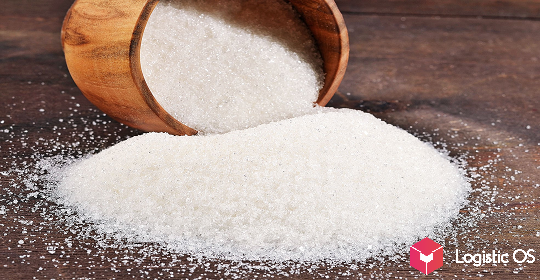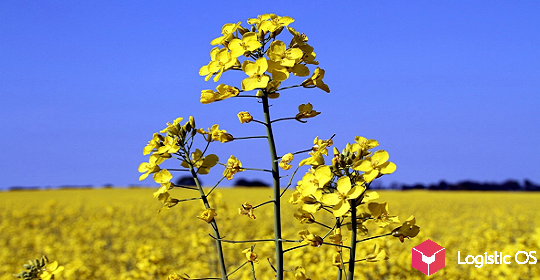The countries plan to increase the mutual turnover of goods and services up to $200 billion by 2024.
In 2020, the total turnover of goods and services in Russia (export + import) amounted to $680 billion, $110 billion of this volume is accounted for by China.
In 2021, the volume of mutual trade with China increased to $140 billion, which was a new record.
Excluding Russia’s trade with the EU countries (a block of 27 countries), the turnover of which amounted to $260 billion, then China is Russia’s largest trading partner.
At the moment, Russia is not such a significant partner for China: China’s trade turnover with all countries of the world in 2021 amounted to $6 trillion.
12% of China’s total trade ($756 billion) is accounted for by the United States, while Russia’s share is only 2.3%.
The main part of China’s exports to Russia ($29.4 billion or 58%) includes:
Car equipment
Electronic products
Vehicles.
The global share of Russian exports to China ($32.1 billion or 65.4%) is made up of mineral fuels — crude oil and coal.
According to the Chinese side, by 2024, exports to Russia could grow to $93 billion, which is 1.9 times higher than in 2018.
Such growth should ensure a significant increase in the supply of the following groups of goods:
Industrial goods (vehicles, petrochemicals, building materials, metal products) — an increase of 50%.
Textiles, clothing, shoes, furniture, toys — an increase of 36%.
Agricultural products (vegetables, fruits, aquatic products) — an increase of 25%.
The growth of Russian exports to China ($107 billion — an increase of 1.8 times by 2018) is planned to be achieved due to:
Energy products (oil, gas, including LNG) — an increase of 50%.
Agro-food products (cereals, vegetable oils, feed, fish) — an increase of 2.8 times.
Industrial goods (metals, aircraft, fuel cells, chemical products, lumber) – 2.2 times increase.
It should be noted that the announced plans are cost indicators, the growth of which was achieved to a greater extent due to the increase in international prices for raw materials.
Oil shipped to China, for example, cost $67.5 per barrel in 2021, while it was shipped at $43 per barrel in 2020.
Thus, in physical terms, oil supplies from Russia to China in January-November 2021 decreased by almost 6% compared to the same period in 2020.
The Russian and Chinese sides note that there are trade barriers in mutual trade, but the parties are in constant dialogue.
Thus, on the day of the Russian President’s visit to China, Rosselkhoznadzor lifted restrictions on the supply of citrus fruits from China to Russia, introduced a year ago.
In turn, the Chinese side resumed receiving Russian fish in the ports of Dalian and Qingdao in January 2022.
As part of mutual agreements, Russia and China are reducing the share of the US dollar in mutual settlements: the share of settlements in rubles and yuan has increased to 31% (9% in 2014).
According to the results of 9 months of 2021, the euro became the main currency — 48% (the dollar — 37%).

